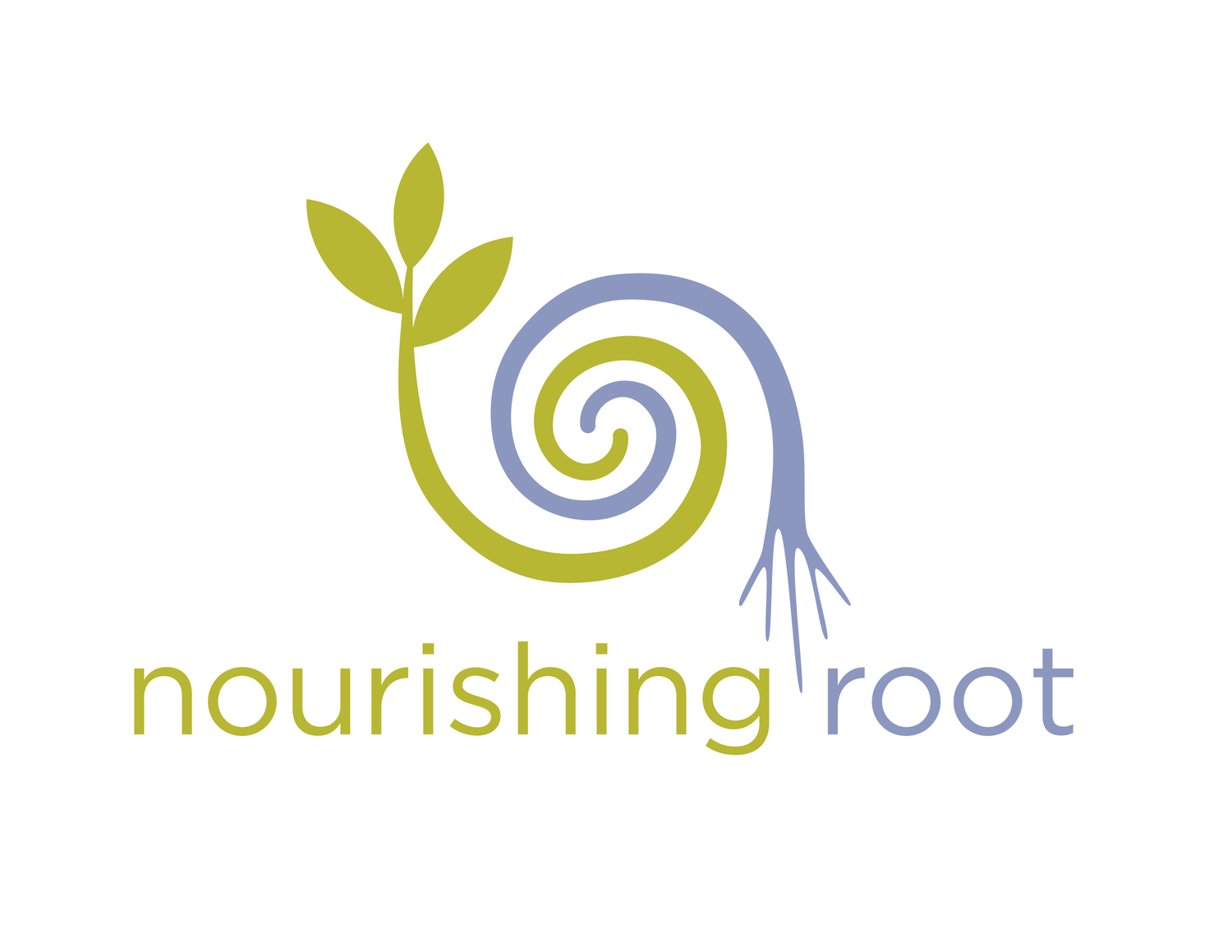This salad is so colorful and flavorful it’s worth making with beautiful heirloom tomatoes and local corn while they’re still here. I like to make this with a more substantial green (baby arugula, baby kale, chiffonaded kale) if I plan to dress it all and eat for more than one meal. It is lovely on tender green or red leaf lettuce or butter lettuce and those are best eaten right away. Add some beans and that’s dinner!
Ingredients:
3 large tomatoes, small diced
3 ears corn, boiled, kernels cut off cob
1/2 C red onion or shallot, small diced
1/4 C packed basil, washed torn
4 C lettuce, baby arugula or kale, cleaned
1/4 C olive oil
2-3 T red wine vinegar, apple cider vinegar, or lemon or lime juice
Sea salt
Black pepper
1 large firm avocado, diced
Optional Ingredients:
-olives or capers
-dulse flakes for extra umami, iron, and minerals
-more herbs: mint, cilantro, lemon thyme, dill would all mix well
Procedure:
1. Prepare all ingredients- wash, cook, clean, cut.
2. Combine prepped tomatoes, corn, red onion, basil, and lettuce/greens in a large bowl.
3. Make dressing with olive oil, acid of choice (see ingredient list), salt and pepper. Adjust acid and salt to taste. The traditional ratio of oil to acid is 2:1 but I prefer more acid to brighten flavors. Start with 2:1 and adjust to taste, making sure to try the dressing with a piece of the salad not just on its own.
4. Toss the salad with the dressing.
5. Divide salad into serving bowls and then top with avocado and any additional toppings.
Makes 6-8 servings as a side, 3-4 servings as a main


















